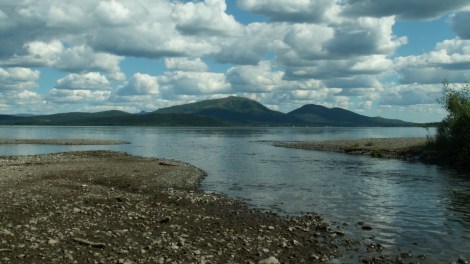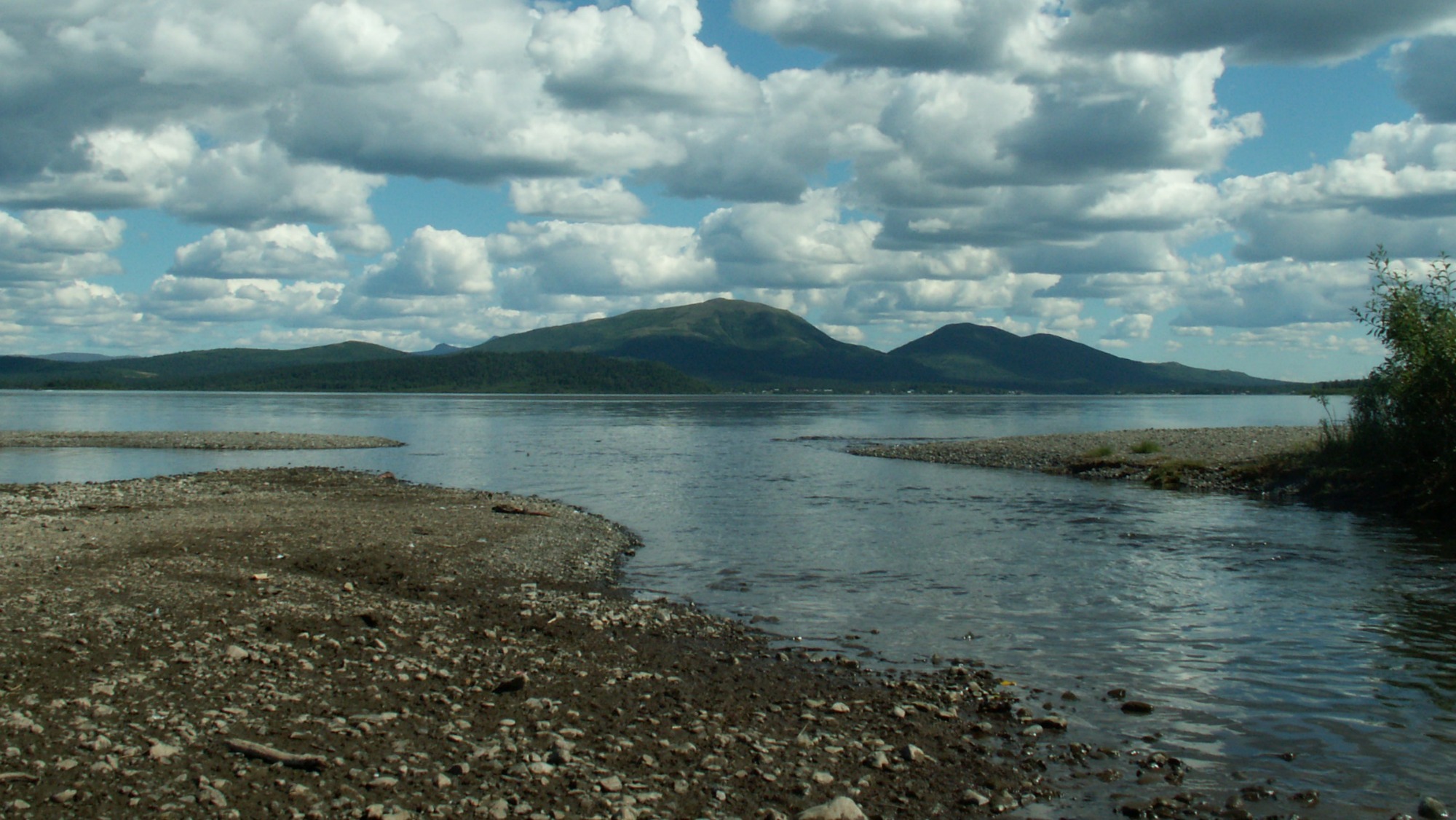
Friends of Bristol BayNice spot for a monstrous mine?
You don’t need to be a scientist to realize that allowing a mammoth gold and copper mine to tear up sensitive habitat near Alaska’s Bristol Bay would be a dreadful idea. But being a scientist sure would help you articulate the dangers of the plan — and do so with loads of credibility.
Fortunately, hundreds of scientists with backgrounds in ecology and natural resource-related disciplines have done just that. On Tuesday, 360 of them sent a letter to the EPA calling for the Pebble Mine proposal to be rejected, and thanking the agency for its recent assessment that found the mine would inflict severe damage on waterways, wildlife, fisheries, and Native Alaska cultures.
[W]e are very concerned about the prospect of large-scale mining in the unique and biologically rich watersheds of southwest Alaska’s Bristol Bay. …
In our view, the [EPA’s] final Watershed Assessment aptly identifies the outstanding ecological and cultural values at risk from a mine on the scale of the Pebble discovery or from other mine operations that would likely follow. The Bristol Bay area, especially the Nushagak and Kvichak river watersheds, the headwaters of three other pristine rivers, and the largest undeveloped lake on Earth, is one of the most productive landscapes on the continent. Undeveloped watersheds are a rarity throughout the world and Bristol Bay’s watersheds support a world-class salmon fishery, which includes all five salmon species native to Alaska and the largest sockeye salmon runs in the world.
So far, all the EPA has done is release an assessment saying that the Pebble Mine would make a terrible mess. The company proposing to build the mine hasn’t even applied for permits yet.
The cosigners of the letter, as well as activists and concerned Alaskans, are calling for the EPA to be proactive and use its authority under the Clean Water Act to block the mine proposal before it goes any further.




